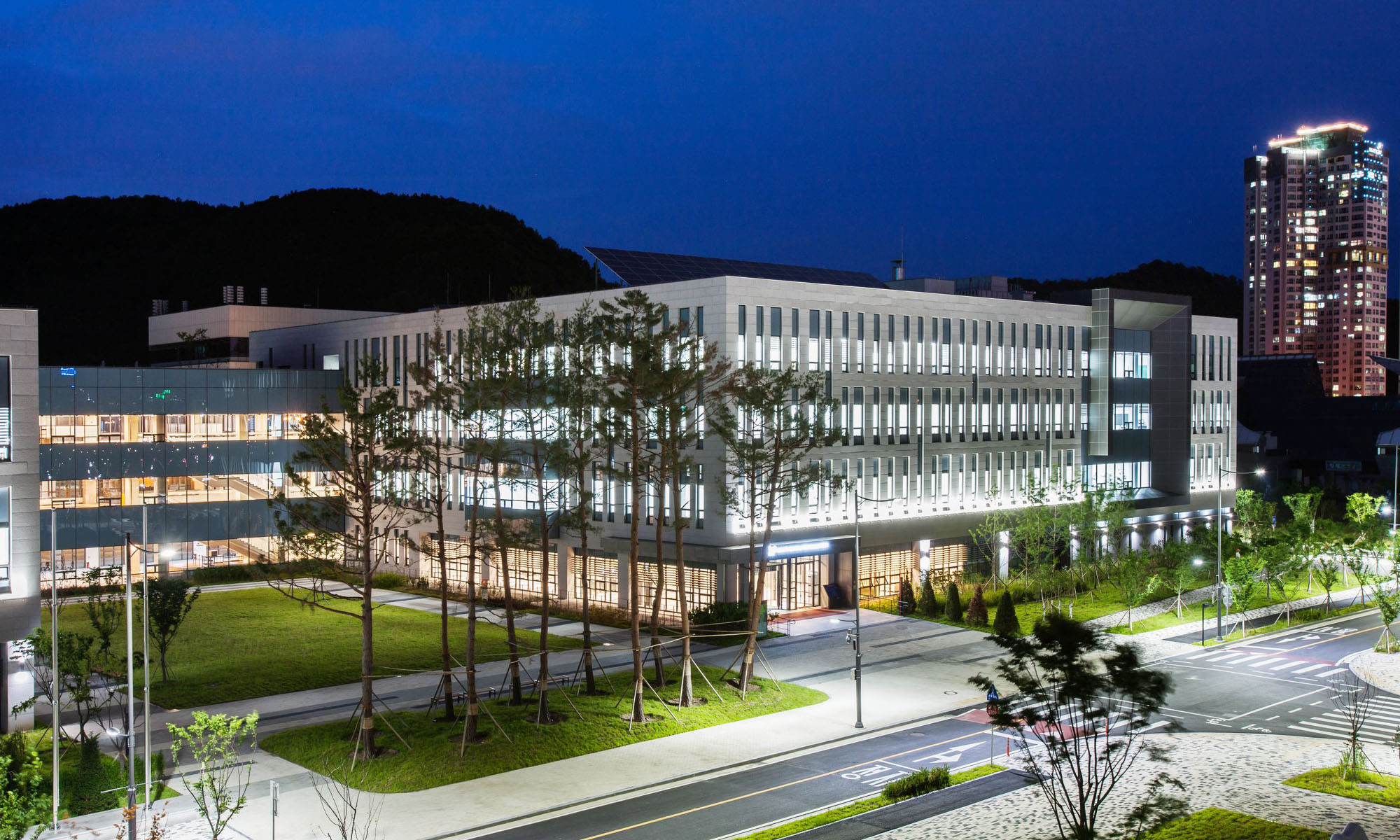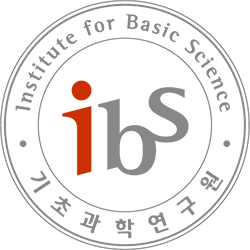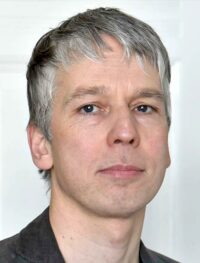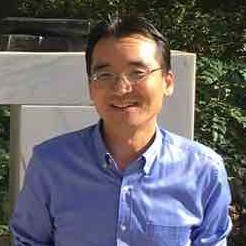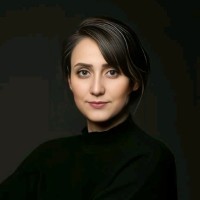
Dimensionality Reduction and Summary-Statistical Modeling in Genetic Studies – Fatemeh Yavartanoo
B232 Seminar Room, IBS 55 Expo-ro Yuseong-gu, Daejeon, Daejeon, Korea, Republic ofAbstract: This presentation introduces DRLPC and a refined summary-statistics method to improve genetic association analysis. Applications to cognition, neurodegenerative diseases, and high cholesterol are discussed, with future directions in single-cell analysis and drug target discovery.
